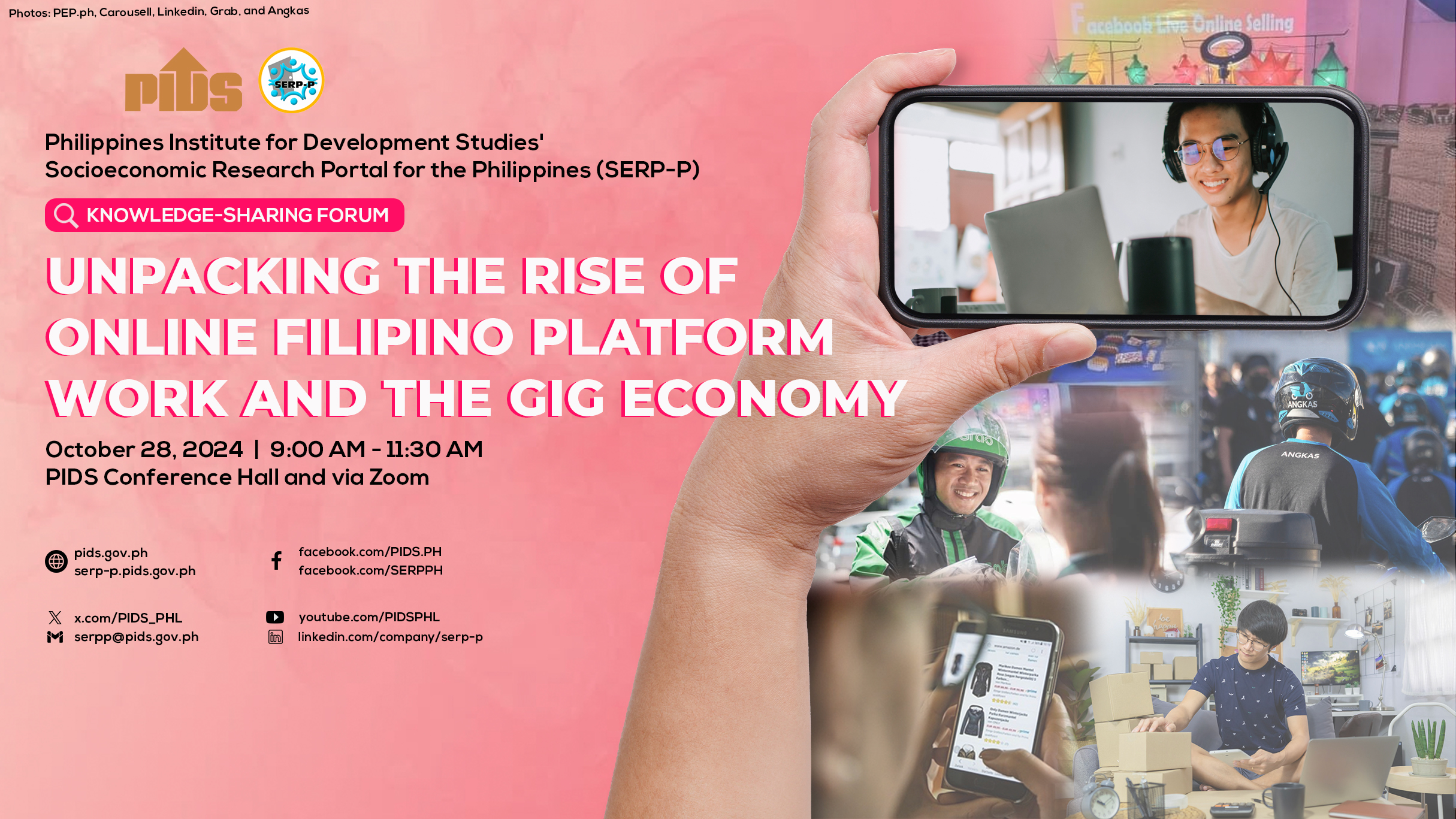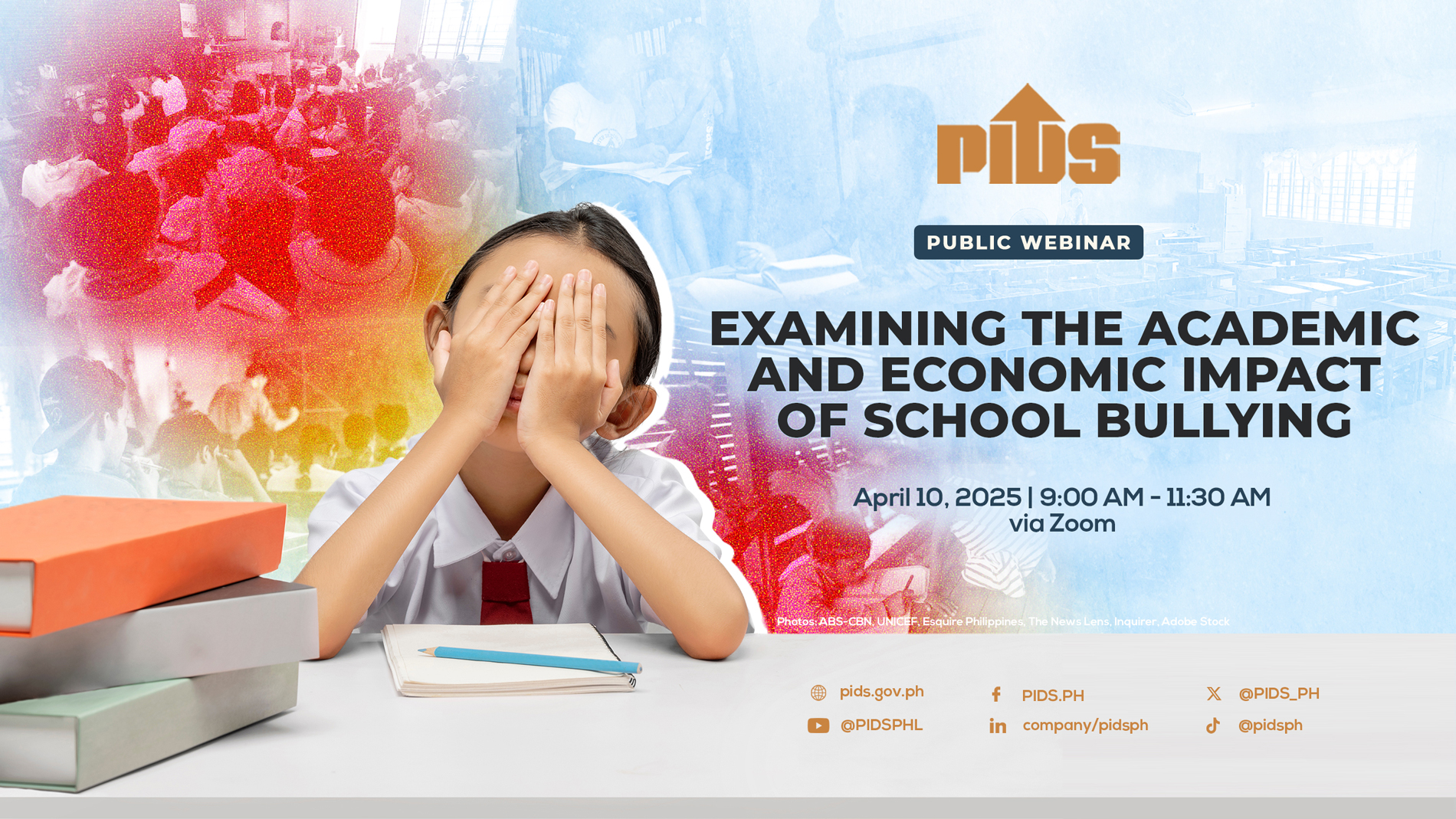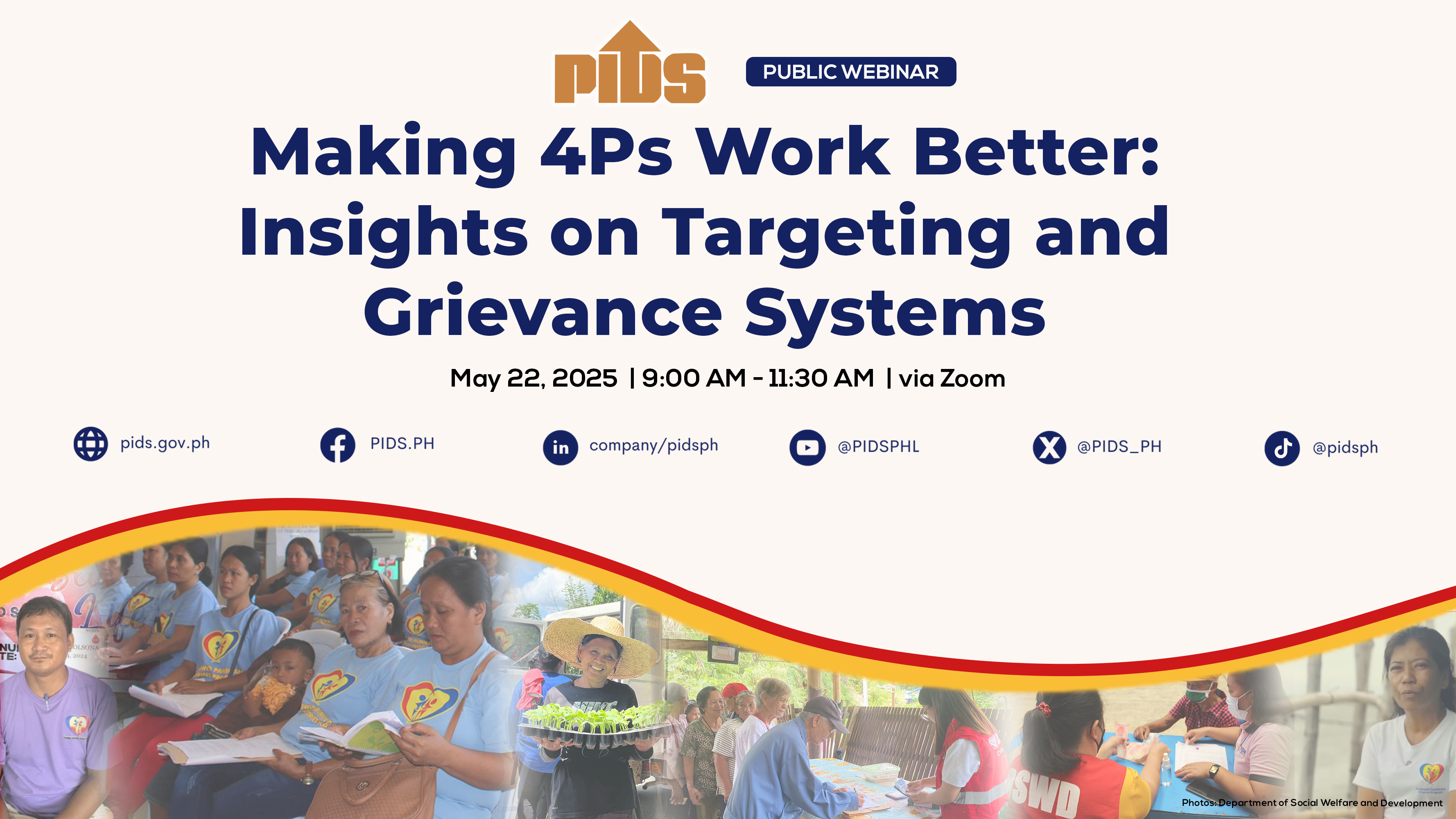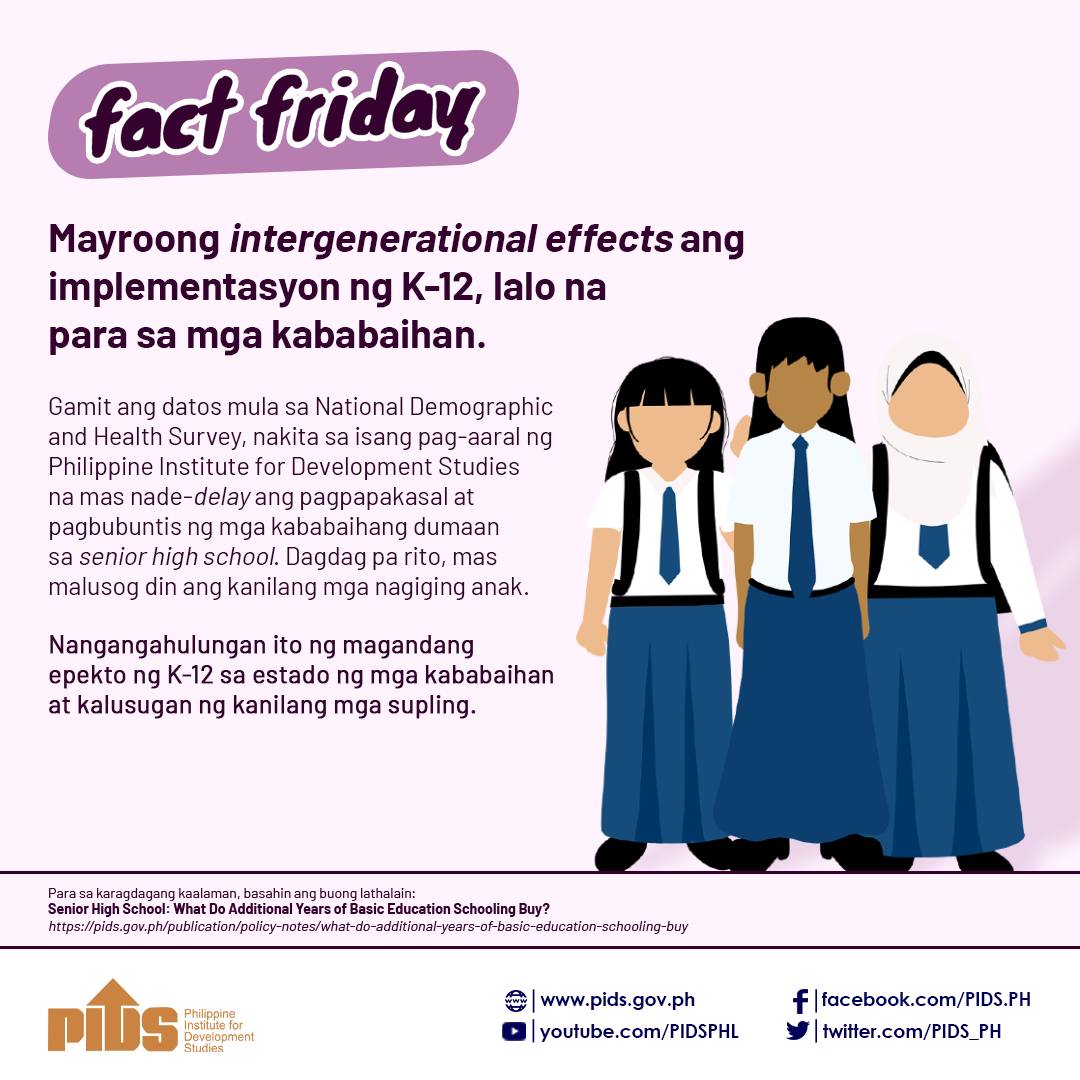CRITICIZED for allegedly having the least or no effect at all in the fight against poverty, the Conditional Cash Transfer (CCT) program increases the desire for work of Filipinos, a study conducted by the Philippine Institute for Development Studies (PIDS) revealed.
The study titled "Does Pantawid Foster Dependence or Encourage Work? Evidence from a Randomized Experiment,” said the CCT, also known as Pantawid Pamilyang Pilipino Program (4Ps), positively affects household heads and their female spouses, all adult members 18 years old and above, and middle-aged workers 35 to 54 years old.
The study, led by Dr. Aniceto Orbeta, PIDS senior research fellow, said the finding was contrary to the claim of some quarters that CCT breeds mendicancy.
The study was conducted among the first-wave 4Ps beneficiaries from November to December 2011, or 2 ½ years after the program was implemented.
"Parents work to compensate for loss of income from children who attend school.
When people publicly recognize the importance of education, families are convinced to keep their children in school. Households also respond by exerting more effort,” Orbeta said.
Meanwhile, in terms of child labor, the program significantly reduces the number of hours of work for pay of elementary school-aged children from 6 to 11 years old, but did not significantly affect the incidence of child labor, he added.
On the other hand, using the 2011 Annual Poverty Indicators Survey to assess the impact of the 4Ps on school participation of Filipino children, another study revealed that the program led to an increase of 3 to 4.6 percentage points in the school participation rate of children aged 6 to 14.
The study titled "Estimating the impact of 4Ps on school participation of Filipino children using propensity score matching,” by Dr. Celia Reyes and Christian Mina, a PIDS senior research fellow and supervising research specialist, respectively, showed that around 96.3 percent of children of 4Ps families attend school.
For the matched non-4Ps families, the rate ranges from 91.7 to 93.3 percent. Additional findings show that 4Ps does not influence school participation of children beyond the age coverage.
The difference between the school participation rate of 4Ps beneficiaries and matched non-4Ps age groups 15 to 18 turned out to be insignificant.
This led to the proposal to extend support to existing 4Ps beneficiaries to allow students to graduate from high school.
According to Mina, 4Ps beneficiaries will have higher chances of securing better jobs and higher income if they graduate from high-school.
There is a 45 percent average wage differential between a high-school graduate and an elementary undergraduate and a 32-percent average wage differential between high-school and elementary graduates.
While 4Ps is primarily intended to provide cash benefits for education and health expenditures, the impact of the program on household consumption has stirred interest and is now being examined, given the persistent poverty of 4Ps families and the huge amounts of public resources provided to beneficiaries.
Another study titled "The impact of the Philippine conditional cash transfer program on consumption” by Melba Tutor, a research associate at the Social Weather Stations, found that households increased their consumption of education-related goods, which are goods required for continued program participation.
"Households have reallocated consumption to maintain their benefits, arguably because they understood the program logic and have positive expectations of its impact on future household welfare,” she said. Moreover, Tutor found stronger impact in 4Ps households belonging to the poorest 20 percent of the population.
Their total consumption increased due to higher spending on food, education and clothing. It validates the assumption that the poorest of the poor, or those expected to gain the most from 4Ps, actually benefit.
In addition, there is no observed spending for alcohol and tobacco, debunking the claim of 4Ps critics that cash assistance is not being spent properly.
Evidence from impact evaluation was crucial to the expansion of the 4Ps program, and has led to crucial changes in program coverage–expansion of eligibility to poor students at the secondary level, as well as those at the primary level, and administrative changes.
It is expected that evidence from further evaluation studies will shield programs like 4Ps from party politics and presidential succession.//
CCT raises Pinoy’s desire for work, school participation-PIDS study












